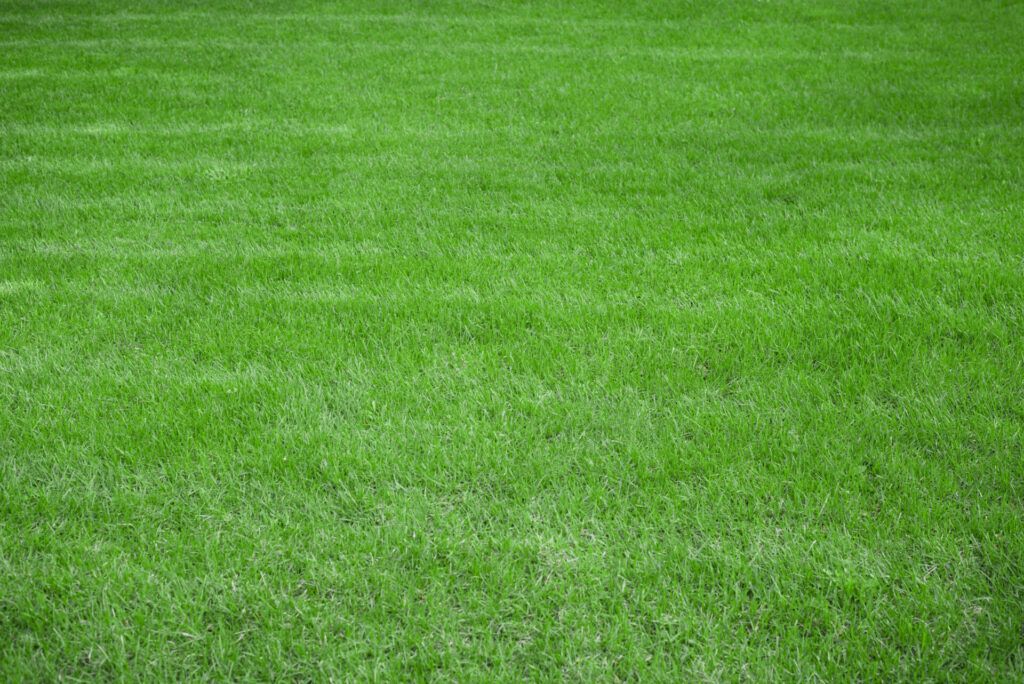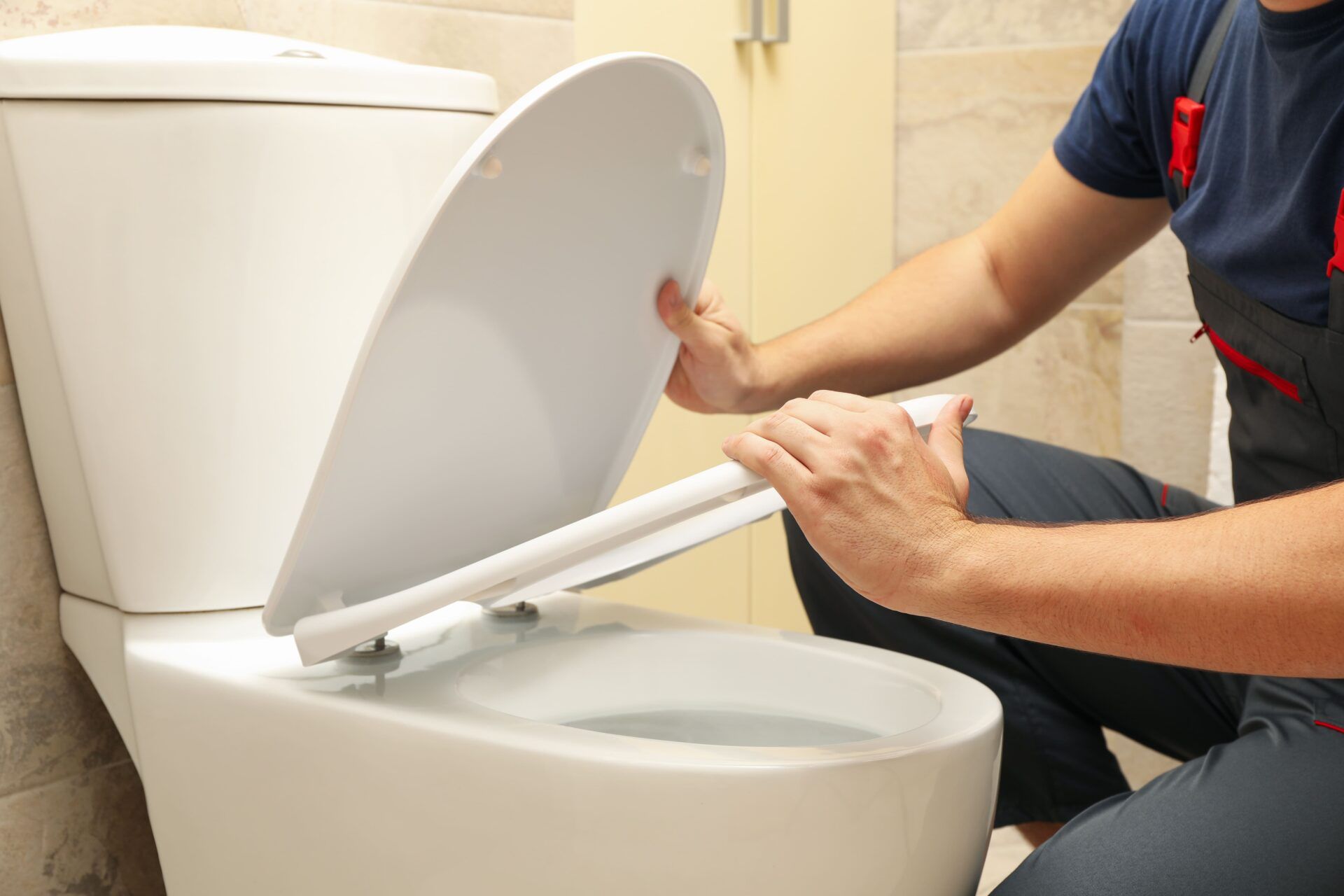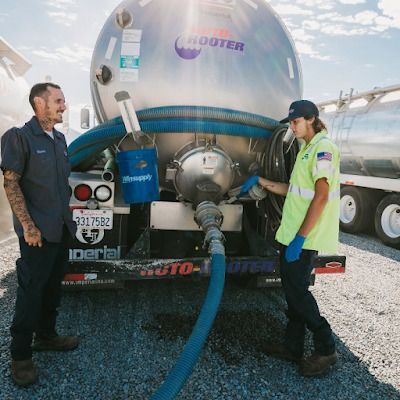Saturated Leach Field? This is What To Do

A vibrant, lush green lawn serves as more than just a testament to a homeowner’s pride; it symbolizes a harmonious blend of nature and nurture. However, this idyllic scene can swiftly transform into a cause for concern when confronted with the predicament of a saturated leach field. Picture this: the very system designed to delicately filter and distribute wastewater from your septic tank begins to grapple with an unexpected overflow, leaving you grappling with the aftermath.
Here, we will understand the intricacies behind the emergence of a saturated leach field. From dissecting the root causes of this common woe to unraveling the nuanced impact of heavy rain on your outdoor haven, we aim to equip you with insights that empower you to navigate and rectify the situation.
This blog isn’t merely a guide; it’s a collaborative exploration into the realm of leach field saturation, presenting you with actionable steps to reclaim and preserve the vitality of your verdant landscape by our saturated leach field experts .
Unveiling the Causes of a Saturated Leach Field
Overloading the System: A Delicate Balance Tipped
At the heart of leach field saturation lies a delicate balance between wastewater generation and the septic system’s capacity. Overloading occurs when the quantity of wastewater surpasses the system’s designed capability to process and distribute it. Imagine your septic system as a finely tuned orchestra – each component playing a crucial role. When an excessive volume of wastewater floods the stage, the harmony is disrupted. The consequence is the pooling of liquid on the surface, marking the onset of a saturated leach field.
This overload can stem from various sources, such as a sudden surge in water usage due to houseguests, unchecked leaks, or an oversight in managing water-intensive activities. Understanding the triggers of overload empowers homeowners to make informed decisions about water consumption, mitigating the risk of a saturated leach field.
Poor Maintenance Practices: Neglect’s Toll on System Health
Akin to any other vital component of your home, a septic system demands routine care and attention. However, neglecting the regular maintenance of your septic tank can set the stage for a cascade of issues, with a saturated leach field being a prominent consequence.
Regular pumping and inspection constitute the backbone of septic maintenance. Think of it as giving your septic system a health check-up. The deposit of solid waste in the tank is an inevitable outcome of daily use. Without regular pumping, this buildup can escalate, eventually impeding the flow within the drainpipes. The consequence is twofold: reduced water absorption capacity and an increased likelihood of leach field saturation.
To solve this issue, it’s essential to use septic tank additives that help break down solids and sludge , maintaining a healthy balance in the tank.
Signs of a Saturated Leach Field: Decoding Nature’s Indicators
Lush Green Patches: Nature’s Paradox Revealed
In the intricate dance between your septic system and the surrounding environment, lush green patches emerge as an unexpected performer on the stage of your lawn. It might seem paradoxical – a saturated leach field presenting itself as areas of heightened vibrancy. However, this seemingly contradictory display is a telltale sign of a system under stress.
The lushness arises from the excess nutrients carried by the wastewater to the surface. In essence, the very substances that contribute to the saturation are paradoxically acting as a fertilizer for the grass. This visual cue serves as a silent plea for attention, urging homeowners to decipher the hidden language of their lawn and recognize the potential issue beneath the surface.
Foul Odors
Nature communicates in various ways, and when it comes to a saturated leach field, foul odors serve as a potent and unmistakable language. If you catch a whiff of a sewage-like smell wafting through your yard, consider it a distress signal from your septic system, pleading for intervention.
The presence of foul odors indicates a breakdown in the natural processes within the leach field. It suggests that the wastewater isn’t being adequately processed and absorbed, leading to the release of unpleasant smells. Ignoring this olfactory S.O.S. could result in further complications and environmental discomfort.
How To Fix A Saturated Leach Field
Now let us see what to do when the leach field is saturated in detail.
Identify the Problem Areas
Begin by identifying the specific areas of your leach field that are saturated. Look for pooling water, overly green grass, or foul odors. This initial assessment will guide your efforts in addressing the problem.
Reduce Water Usage
To alleviate stress on your septic system , reduce water usage in your household. Fix any leaks promptly, install low-flow fixtures, and consider spreading out laundry and dishwashing activities over several days.
Direct Water Away from the Leach Field
Ensure that gutters and downspouts are directing rainwater away from the leach field. Redirecting surface water helps prevent additional stress on the already saturated drainage system.
Avoid Heavy Machinery on the Leach Field
Compacted soil can further impede the absorption capacity of a saturated leach field. Keep heavy machinery, vehicles, and foot traffic away from the affected areas to allow the soil to recover naturally.
Introduce Aeration
Aeration involves creating channels in the soil to enhance its ability to absorb water. This can be achieved by aerating the affected leach field area, promoting better drainage, and reducing saturation.
Implement Strategic Planting
Strategically planting water-absorbing vegetation, such as deep-rooted grasses or native plants, can help manage excess water and prevent leach field saturation. Consult with a local landscaper for the best plant choices for your specific soil conditions.
Professional Inspection and Repair
If the problem persists, it’s crucial to seek professional help. A certified septic system technician can conduct a rigorous inspection, identify the root cause of the saturation, and recommend appropriate septic service and repairs.
Consider System Upgrades
In some cases, system upgrades may be necessary to address chronic leach field saturation. This could involve expanding the leach field, installing additional drainage lines, or upgrading to a more advanced septic system.
Conclusion: A Dry and Healthy Leach Field Awaits
In conclusion, a saturated leach field is a challenge that can be effectively addressed with a strategic and proactive approach. By identifying the causes, understanding the impact of heavy rain on saturated leach fields, recognizing the signs, and taking appropriate corrective actions, you can restore the health of your leach field.
Remember, regular maintenance and responsible water usage are key factors in preventing leach field saturation. With these effective tips, you can transform your waterlogged yard into a thriving, dry, and healthy leach field that complements your beautiful home. For professional cleaning services call Roto-Rooter Plumbing & Drain Service right away! We have extensive experience in fixing saturated leach fields.
The post Saturated Leach Field? This is What To Do appeared first on Roto-Rooter High Desert.



Browse Our Website
Contact Information
Phone:
Address:
13570 Tonikan Road., Apple Valley, CA 92308
Business Hours:
- Mon - Sun
- Open 24 Hours

